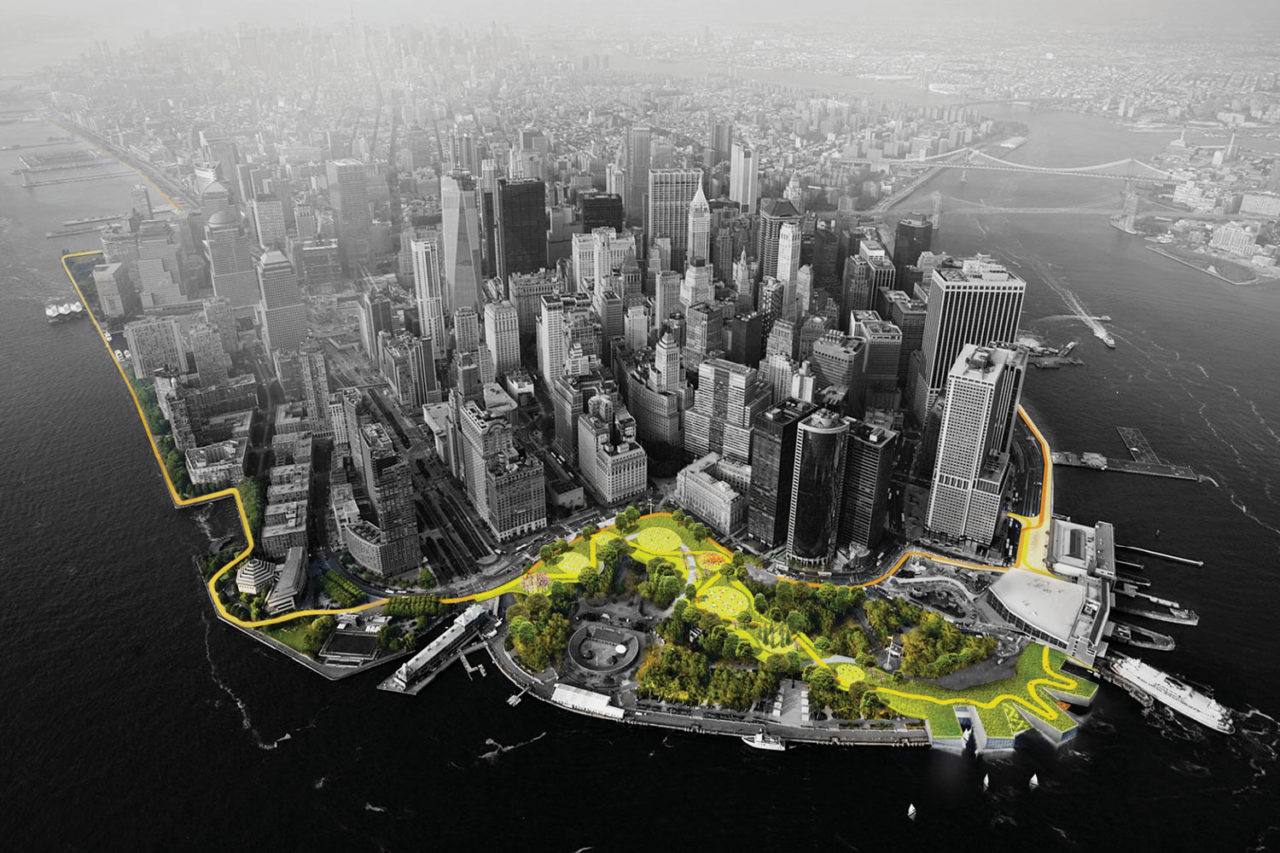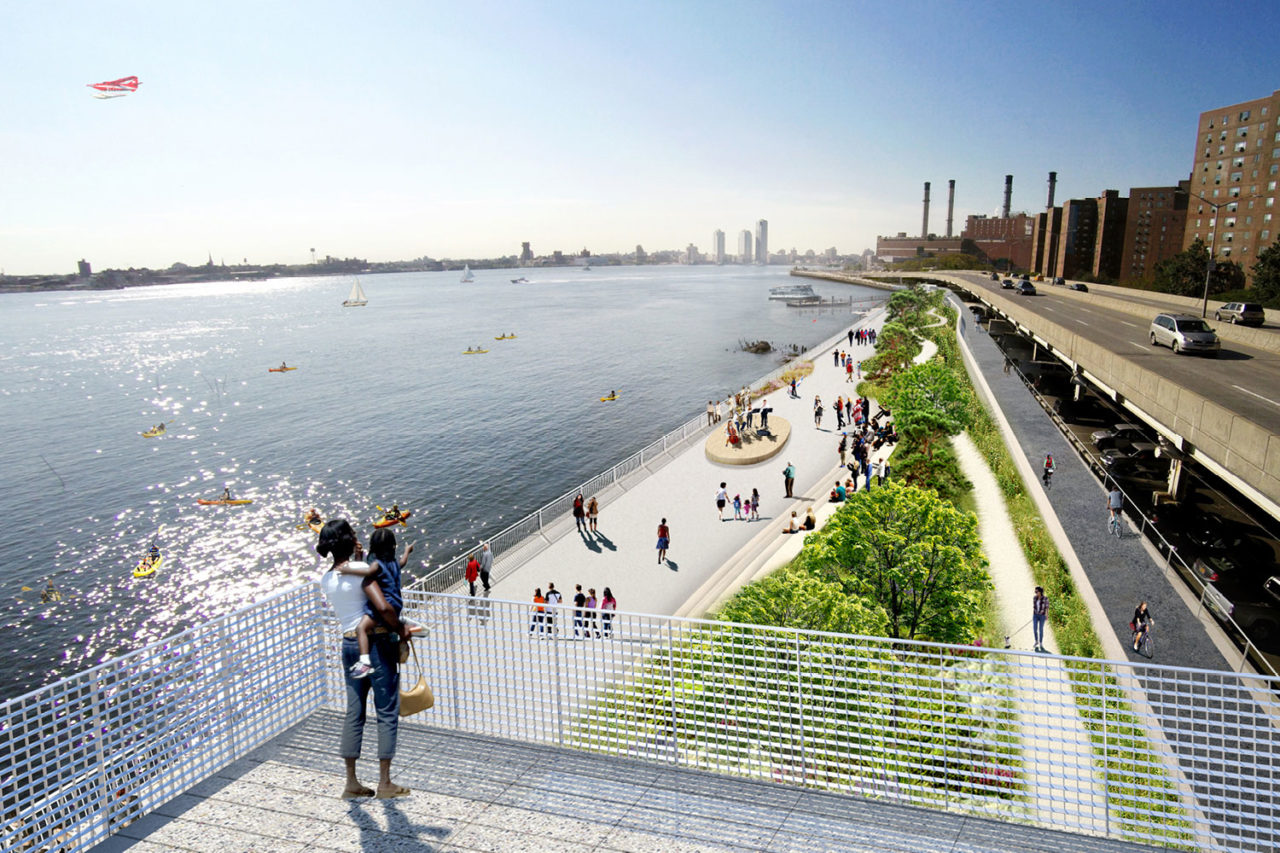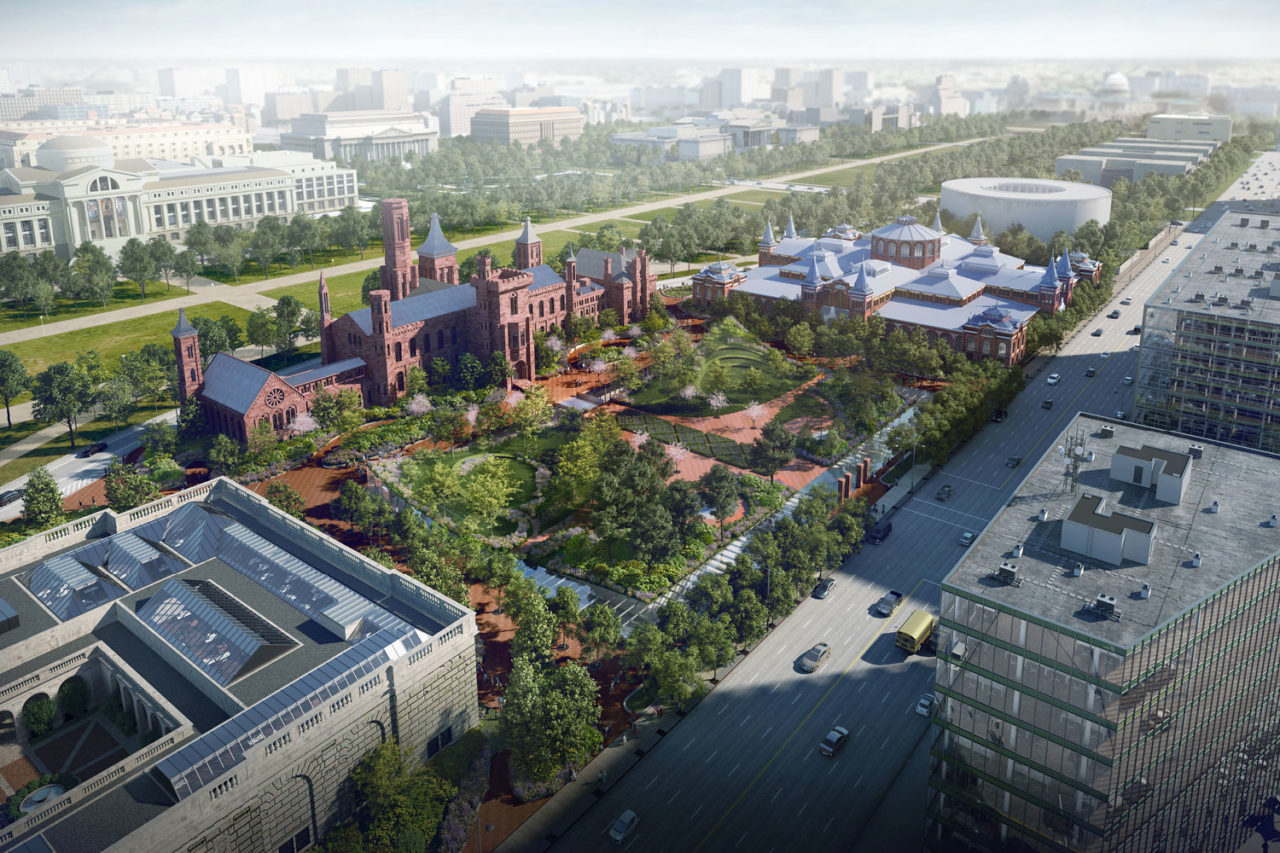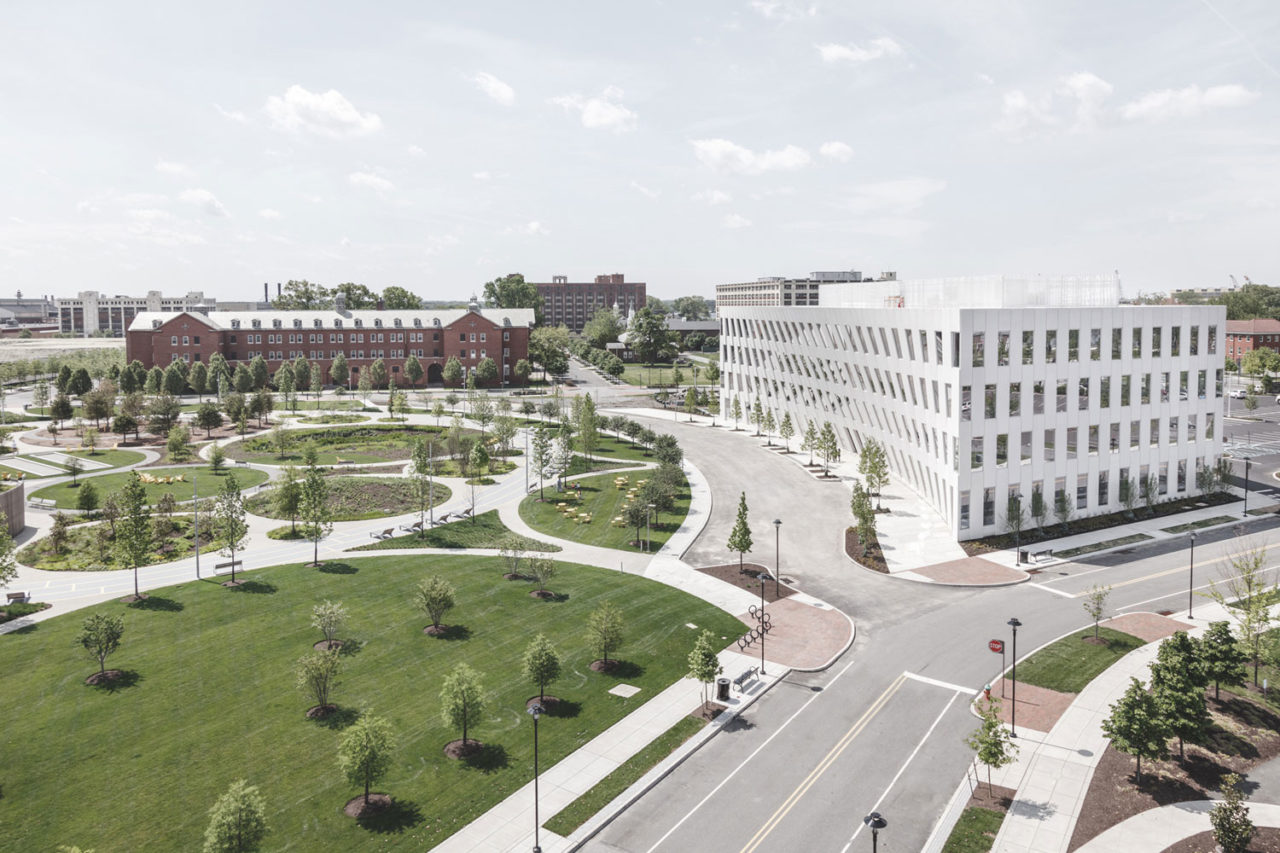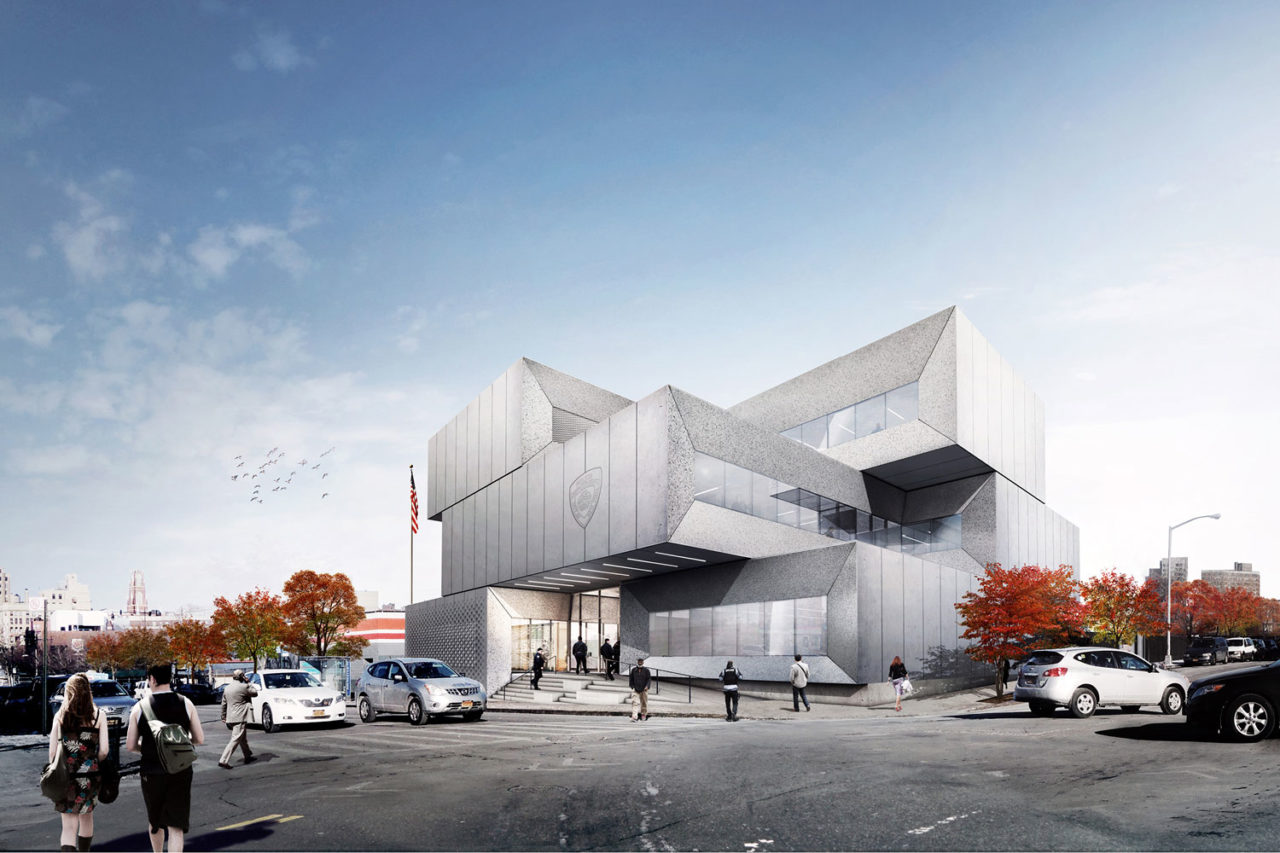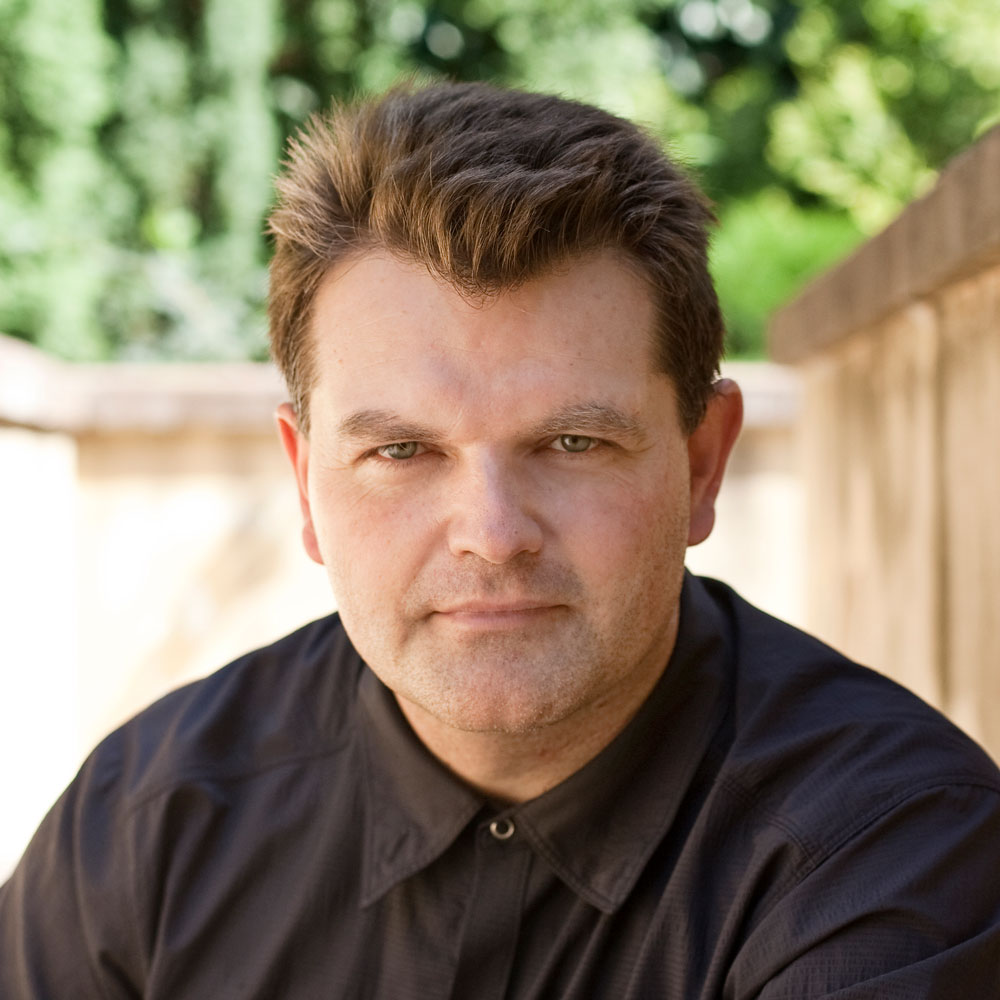by: AIA New York
Kai-Uwe Bergmann, FAIA, Partner, BIG – Bjarke Ingels Group, has experienced an atypical path through the profession of architecture during which he has always sought to build bridges between concept and craft. Over the course of two decades in urban design, apprenticeships, office management and teaching in the field of architecture, Kai-Uwe has pushed the conversation of architecture to broaden the definition of what architects can do: design public spaces as well as buildings, design systems such as energy, transportation, water management, and the cities these are integrated within.
The Jury of Fellows of the AIA elevated Bergmann to the College of Fellows in the first category of Fellowship, which recognizes architects who have “Promoted the aesthetic, scientific, and practical efficiency of the profession,” according to the organization’s definition. Bergmann was recognized at the New Fellows Reception hosted by AIA New York and will be further celebrated at an investiture ceremony at the AIA Conference on Architecture.
Q: Why did you decide to pursue architecture?
A: I have always had a voracious hunger to learn, and to me, architecture as a profession seemed to encourage a lifetime of learning—you, in fact, can never truly master it as there are always things to investigate about a given program, site conditions, new technologies and materials, or how to compose all of these conflicting needs into a design that is meaningful to those who live, work or play there. The initial spark actually came when I viewed a Frank Gehry exhibition that was adjacent to a Wassily Kadinsky retrospective at the High Museum of Art in Atlanta—the bold compositions and shapes as well as inventiveness were infectious and so my journey began.
Q: What has been particularly challenging in your recent work?
A: We decided a few years ago to broaden our approach to design to include landscape design, engineering, interiors, and product design to dovetail with our architectural designs. This is of course not new to the profession—symbolized by the Gesamtkunstwerk approach of the Bauhaus and is still today practiced by a handful of architects, but it has proven to require both patience as well as a herculean effort on everyone’s part to integrate and ensure it clearly embodies our BIG DNA. We are calling this holistic approach the BIG LEAP for landscape, engineering, architecture, and products and are just completing the first projects that embody this approach.
Q: Do you have a favorite building? Why?
A: I would have to say that my favorite place is not a building but rather a park: Brooklyn Bridge Park which is both near where I call home in DUMBO and also where we have our new office space. The park proves how investing in our public spaces can benefit everyone and proves to me that landscape architects are the true rocks stars of our profession when you consider their legacy in New York City—Central Park, Battery Park, Bryant Park, Hudson River Park, The High Line, Governors Island, Domino Sugar Park, among so many others.
Q: What do you think are the biggest challenges facing cities today?
A: With the ever-increasing migration of humanity from the countryside into our cities we will continually be challenged by the extreme stresses so many people place on our energy, transportation, and food distribution systems. I think as architects, we are uniquely positioned to address these challenges and to find ways of unleashing the benefits of this movement of goods, people and talent around the globe. Providing frameworks to guide development and still allow for creative personal interpretation will insure that the cities of tomorrow build upon the experiences of the past and present.
Q: What are your greatest sources of inspiration?
A: Having worked in the atelier of Dale Chihuly for a very impressionable period of time in my life, I was always fascinated by the creativity of the artists with whom I have worked. The artist is not necessarily bounded by the same forces as an architect and thus can study, poke, punch through, paint, rip up, experiment in a way that continues to inspire my own personal work and that of our work. We always look forward to partnering with artists in all of our major projects and provide them the framework to incorporate their efforts.
Editors’ Note: This feature is part of a series celebrating the members of the American Institute of Architects (AIA) New York Chapter who are elevated each year to the AIA College of Fellows, an honor awarded to members who have made significant contributions to both the profession and society. Learn more about Fellowship here.








